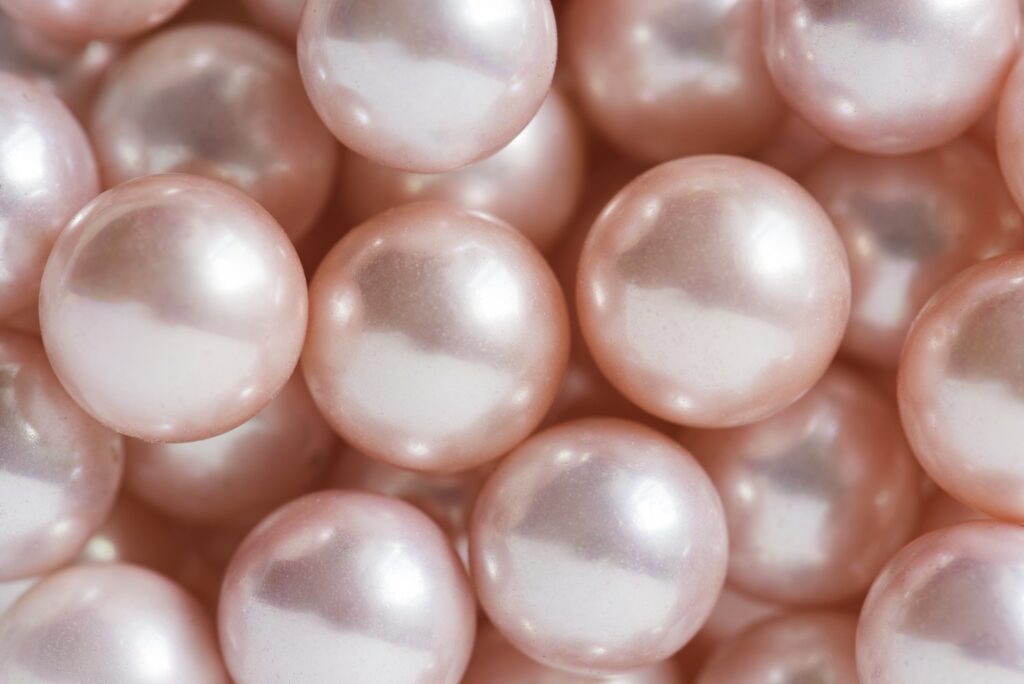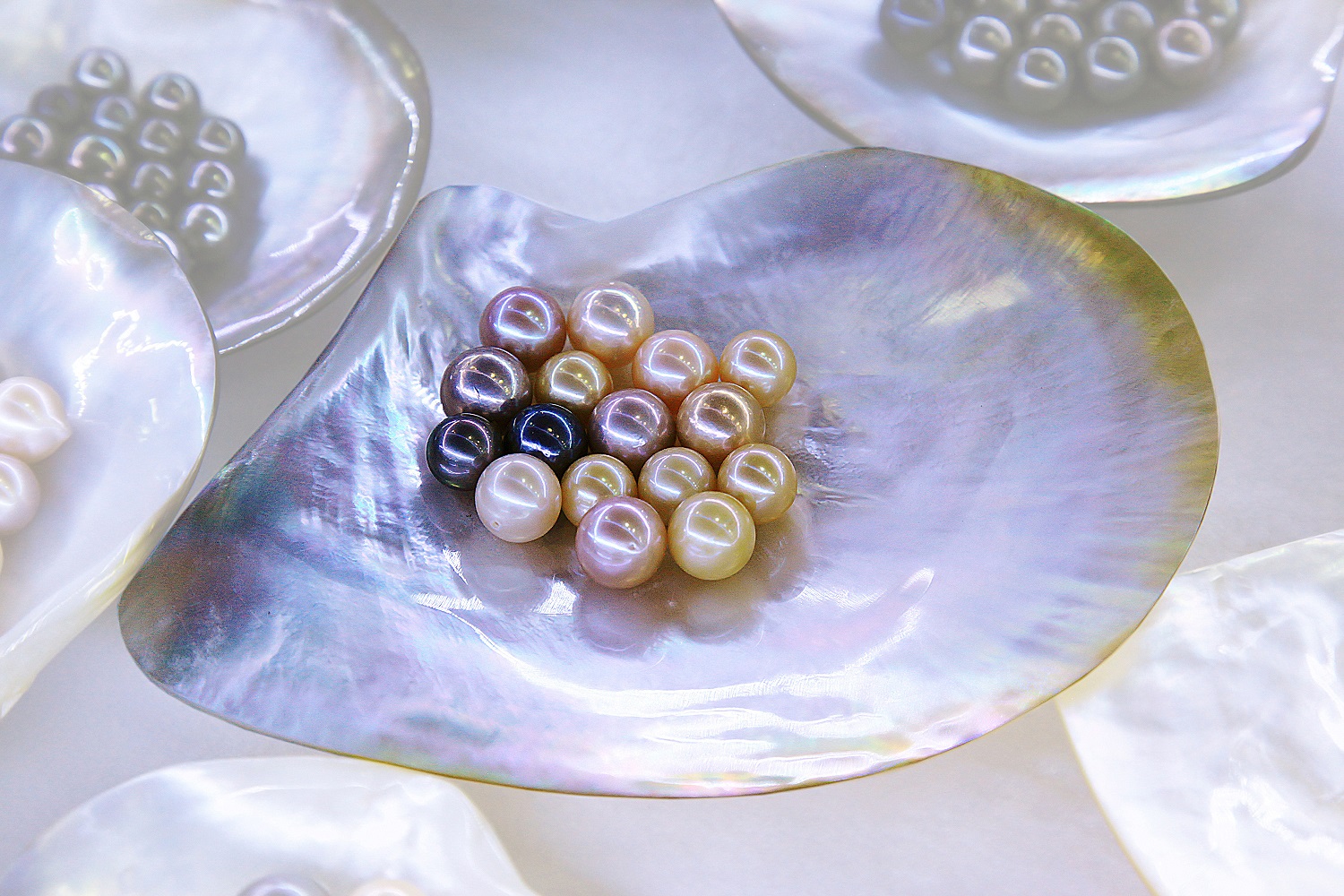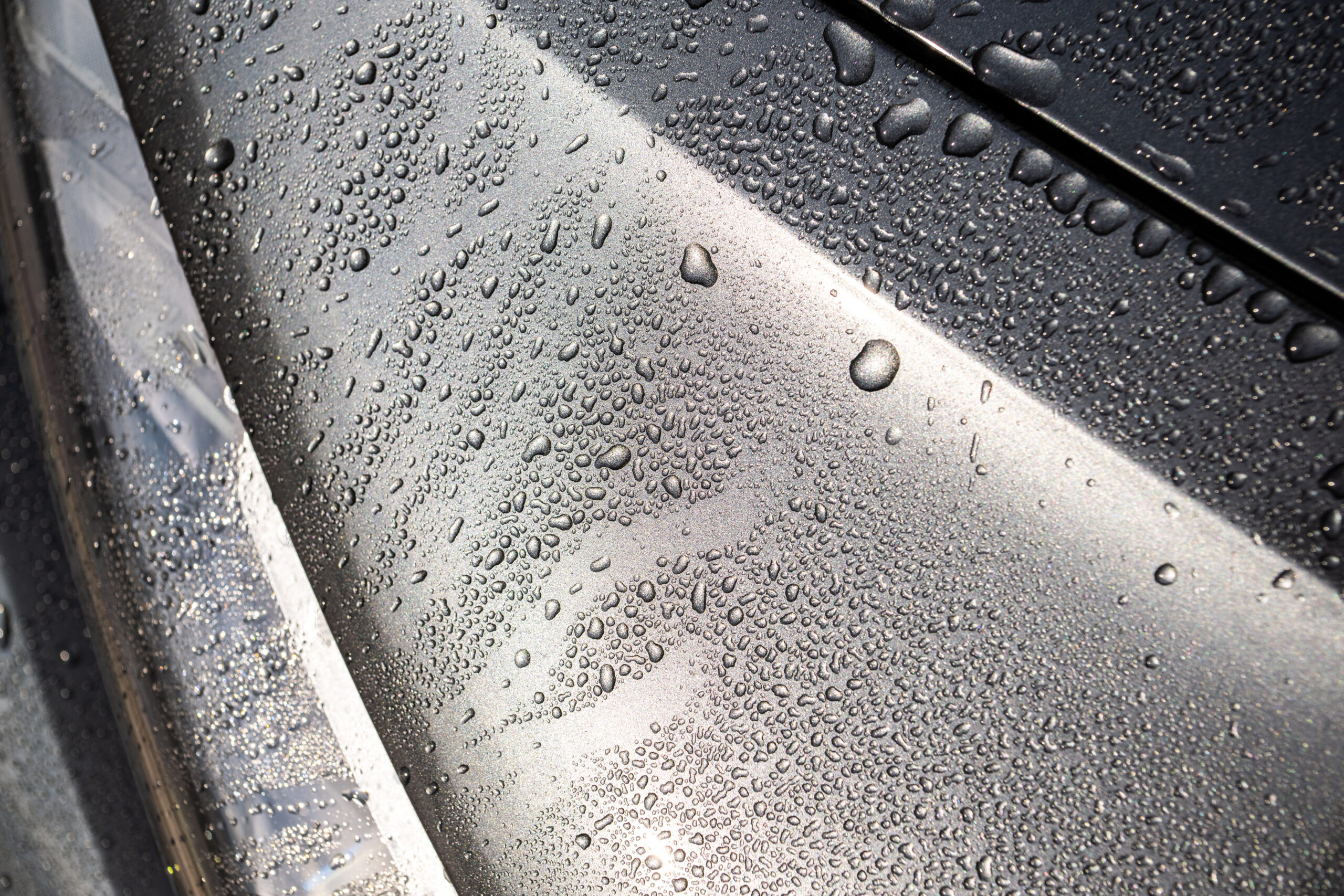Pearls are formed in clams when the clam actually responds to a foreign object inside it.
How Pearls Form in Clams
To be more specific, whenever something that can be classified as an irritant to a clam is inside its shell, the clam will respond by coating that object with something called nacre. Nacre is also commonly known as mother of pearl. The reason behind this is that this fluid, nacre, will be continuously layered atop the object, eventually forming a pearl.
This is a long process that can take years upon years to finish, however. It is also not a guaranteed that the pearl will be the end result, as the clam might become ill, die, or be eaten by another species in the meantime.
Pearls are a Product of An Immune Response

You might have noticed similarities in the way a clam responds to the invading object and how humans respond when a foreign body invades. Our bodies respond with activation of the immune system, intended to protect us from the harmful invader and neutralize it.
This is essentially what the clam is doing when it secretes nacre atop the invader. So beloved pearls are actually created via a natural response that living things have toward bacteria, parasites, viruses, and other potentially harmful substances such as tumors!
Pearls Can Be Natural or Manmade
A naturally occurring pearl is one in which the clam creates the pearl after an object enters its shell, without any intervention from people.
However, pearls can be created authentically. Rather than manufacturing an artificial pearl using machinery, clams are still used to actually form the pearl itself.

To do this, the foreign object is surgically inserted into the clam’s shell. The clam will then respond with the natural release of nacre. Over time, provided nothing happens to get in the way (such as clam dying, other species eating the clam, etc.), a pearl should be formed. Pearls made in this way are referred to as cultured.
Oftentimes, the pearls formed from surgical intervention are larger than those formed from entirely natural processes. They are just as real in the sense that they are formed using the same method (a clam’s nacre), although those particular pearls would never had existed without human intervention.
An imitation pearl, on the other hand, is not a real pearl. It would have been created using methods such as dipping a glass beads in fish scales.
Which Pearls Are Most Valuable?
Obviously, imitation pearls will be the least valued, because they technically are not even pearls.
Both cultured pearls and naturally occurring ones can reach high values. In fact, there are many types of pearls out there, along with a wide range of prices.
For example, you might be able to purchase a pearl necklace for $100, but you also might find one valued at $100,000!

Many factors go into valuation of pearls, including where they came from (both in terms of where in the world they were formed, as well as whether they were cultured or naturally formed), their size, and color.
Conclusion
In sum, clams form pearls within their shells over a period of years by coating a foreign object with a substance called nacre. This process is not guaranteed to reach completion, however, as the clam might not survive long enough.
This process occurs naturally, but humans have created a process to create cultured pearls in which surgical implantation of foreign objects into clams is performed.
Both natural and cultured pearls can be highly valuable, even reaching or exceeding $100,000! Their prices vary widely based on a multitude of factors however.








